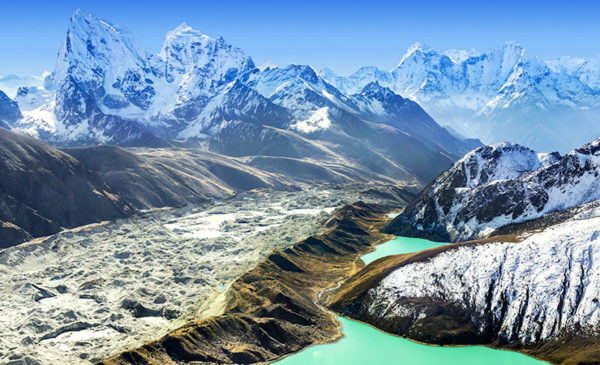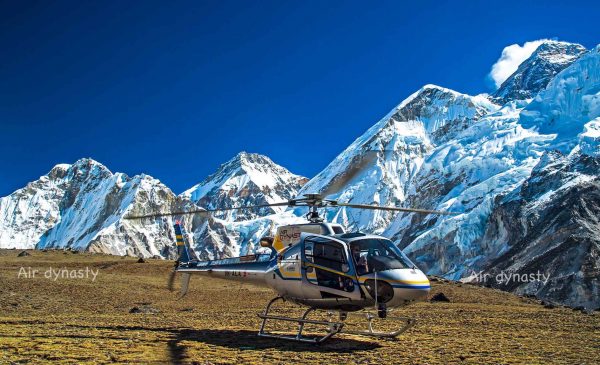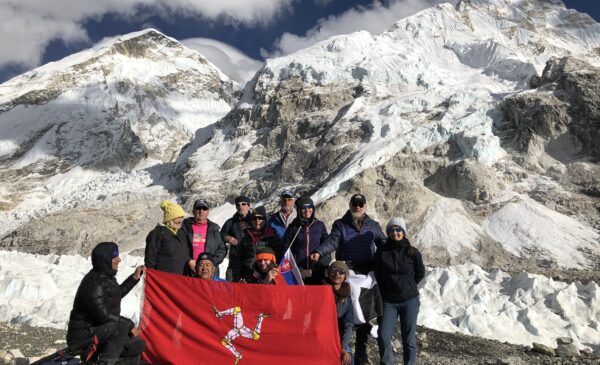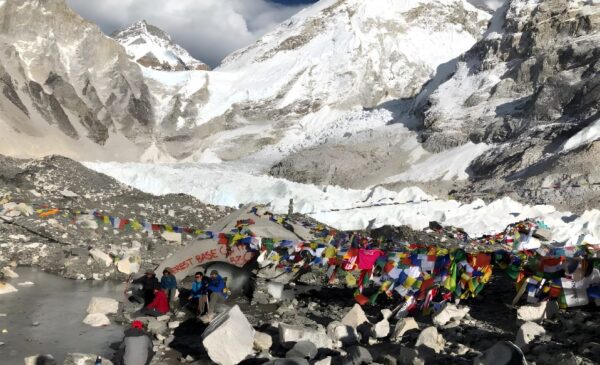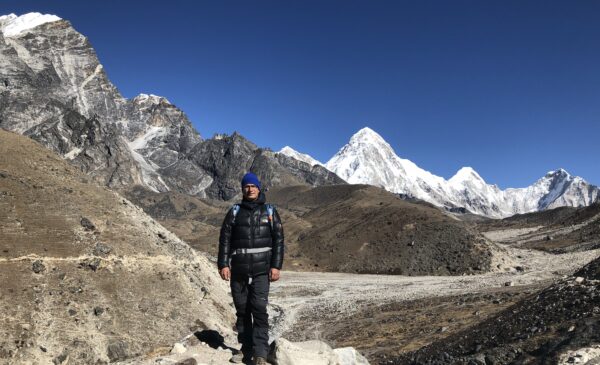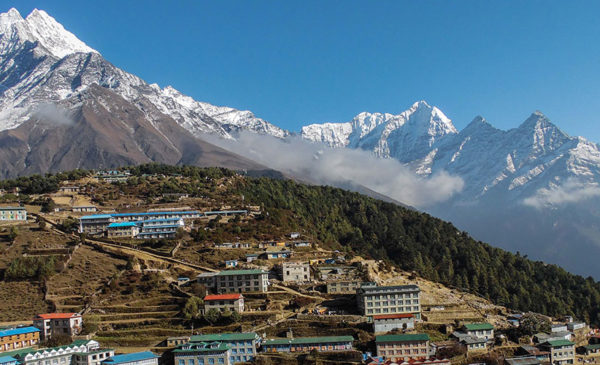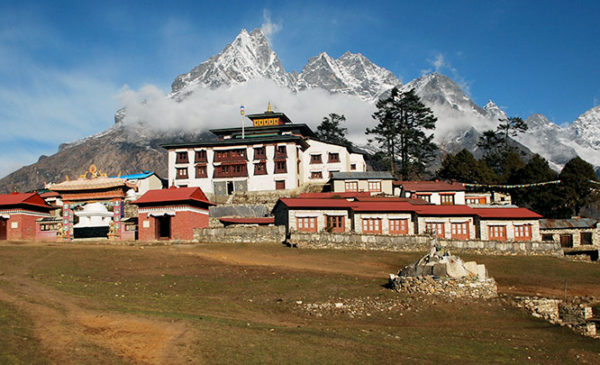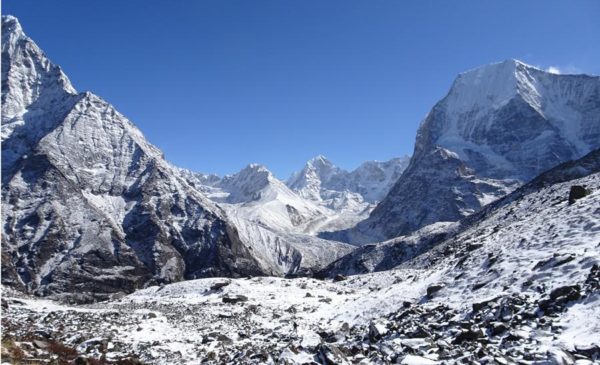Everest Base Camp trekking is one of the finest treks in the world that centres on the world’s highest peak Mt. Everest (29,029 ft/ 8,848 m). Most of travellers have dream to the Everest base camp trekking at once in life. It is one of the most visited regions in the Nepal Himalaya. This trek starts and finishes at Lukla airstrip to the south of the region better known as the ‘Gateway to Everest’.This trek will provide you with a natural thrill as it takes you through breathtaking high-altitude landscapes, Buddhist monasteries, traditional Sherpa culture, high-altitude animals and snow-capped mountains.
Starting from Lukla, After two days trek up the Dudh Koshi valley leads to the famous Namche Bazaar. The route has an abundance of tea houses. Phakding and Monjo are the popular stopovers on the first day and just beyond Monjo is the entrance to the Sagarmatha National Park at Jorsale check point. The trail that followed the Dudh Koshi River starts going uphill from the suspension bridge just a few minutes from Jorsale. Namche Bazaar, one of the popular stops along the Everest route is a Sherpa dominated trading centre that seems to have it all.
Leaving Namche Bazaar, the trail follows the valley of Imja Khola with spectacular views of Thamserku, Kangtega, Lhotse and Everest and Ama Dablam mountains . The most common night halt after Namche is at the top of a steep climb from the Imja Khola at Thyangboche. The Thyangboche Monastery is one of the most famous monasteries because of its unrivalled backdrop. This Buddhist monastery was burnt down in 1989 and rebuilt replacing the old building with a more solid structure. The trail ascends through Pangboche until Dingboche is reached.
From Dingboche 6 hour walk leads to Lobuche which sits on the lateral moraine of the Khumbu glacier. What follows is a roughly 3 hour hike from Lobuche to the last settlement on the trail known as Gorak Shep. The few tea houses at this place provide shelter for the night before one undertakes the final leg of the trek over the glacier to Everest Base Camp. Above Gorak Shep can be seen the popular viewpoint known as Kala Patter, from where many a trekker has captured the image of the world’s highest mountain and gazed up in awe. The trek along the glacier to base camp can take up to five hours. This is treacherous ground and one must walk through this area cautiously, as finding a route through can be tricky and the risk of falling on the ice is great.

